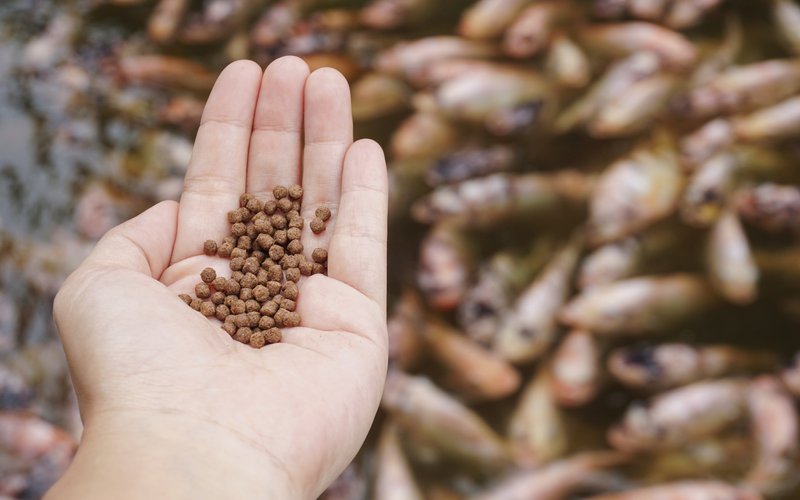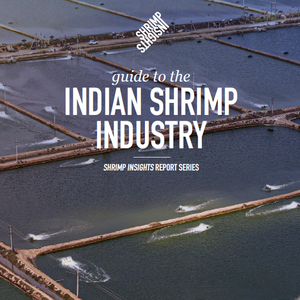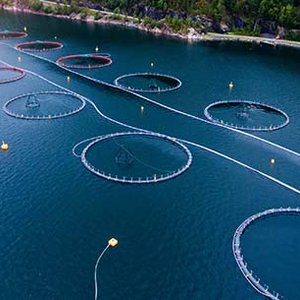Alltech’s Agri-Food Outlook estimates that global feed tonnage totals 1.287 billion metric tons (BMT) in 2023, a 2.6 million metric tons (MMT) decrease (0.2%) from 2022.
The overall lower demand for feed was due, in part, to the efficient use of feed made possible by intensive production systems that focus on using animal nutrition, farm management and other technologies to lower feed intake while producing the same amount of protein, or more. Another factor is a slowdown in the overall production of animal protein in response to tight margins experienced by many feed and animal protein companies.
Changing consumption patterns caused by inflation and dietary trends, higher production costs, and geopolitical tensions also influenced 2023 feed production.
Alltech’s annual feed survey, now in its 13th year, includes data from 142 countries and more than 27,000 feed mills. It assesses compound feed production and prices by utilizing information collected by Alltech’s global sales team and in partnership with local feed associations.
Feed production in 2023 increased in Asia-Pacific by 6.5 MMT (1.4%), Latin America by 2.5 MMMT (1.2%), Africa by 1 MMT (1.9%) and Oceania by 0.4 MMT (3.7%). Feed production decreased in Europe (-3.8%) and North America (-1.1%).
Aquaculture
For the first time in recent memory, the global aquaculture sector experienced a decrease in feed tonnage (4.43%) over the past year.
In Africa and the Middle East, the aquafeed tonnage increased slightly.
In the Asia-Pacific region, aquafeed tonnage decreased and was driven by lower fish prices, which led farmers to reduce their stocking density; difficult weather conditions which impacted fish performance; and economic challenges that decreased consumer demand for fish products.
In Europe, aquafeed tonnage was also down for the first time in recent years, mainly due to diseases in salmon and trout.
Despite adverse weather conditions in Latin America, the demand for aqua products is still strong, and aquafeed tonnage increased by 3.98%. The same happened in North America and Oceania, where aquafeed tonnage also increased.
Download the report here.










